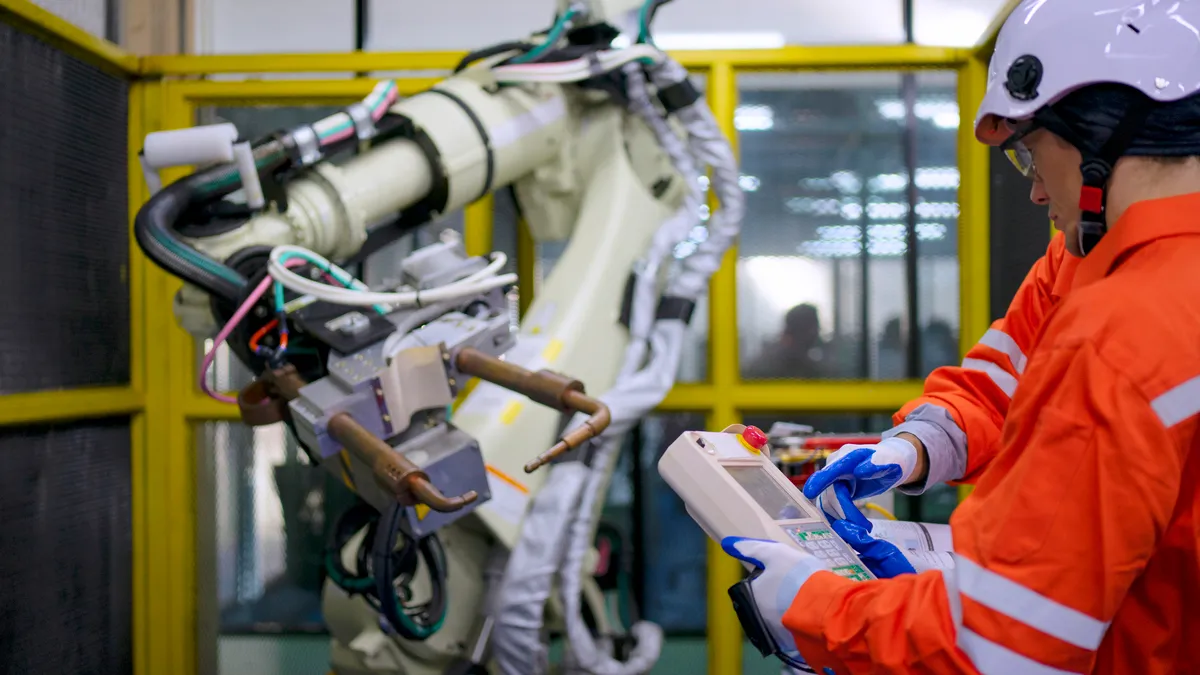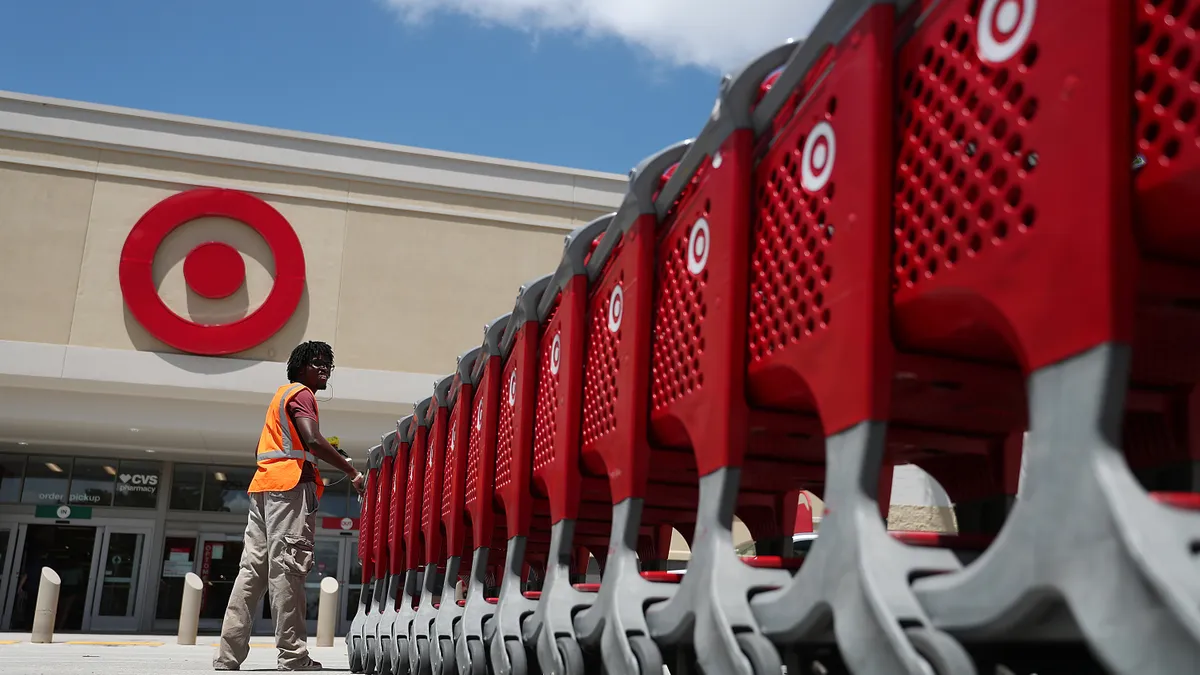“Caring is sharing,” or at least that’s how the saying goes. But in today's workforce, not enough leaders seem to remember that.
Even with more organizations focused on creating better employee experiences to re-engage and retain them, corporate cultures are missing one important factor: empathy.
How critical is empathy in the workplace?
New research from Businessolver, a leading benefits technology firm, indicates that empathy coming from the top of the organization plays an important role in employee engagement and performance. In their second annual Workplace Empathy Monitor, the company found that less than half of US employees rate their organizations as empathetic, yet 85% believe empathy is highly undervalued by businesses.
In addition, 98% of the HR professionals and 92% of employees said empathy drives retention. The most surprising fact, however is that 77% of employees said they’d work longer hours for an empathetic employer and 60% of employees would actually accept a pay cut for an employer that demonstrated empathy.
HR Dive spoke at length with Businessolver’s CEO, Jon Shanahan, about the concept of empathy originating from the executive leadership level. Leaders think they are being understanding of their employees’ needs, but in many cases they struggle with connecting with their most important assets — people. However, he added, if companies want to break the cycle of disengaged employees — around 1/3 of the workforce right now — and create better corporate cultures, it has to start with leaders.
Awareness of how communication happens, combined with a basic understanding of different generational needs, can often overcome obstacles to empathy.
“Engagement is a primary driver of attraction of the best candidates we cannot afford to miss,” Shanahan said. Every contact with employees should provide a solution for their daily experience and be seen as a positive extension of the HR team. For Generation Z, this is becoming a big deal.
Leadership still has a long way to go
Recent data from the HR Certification Institute (HRCI) study, Strategic HR Emerges as a Company-Wide Priority, indicates that leaders still have a long way to go in terms of aligning themselves with strategic talent management practices. HR Dive spoke with Amy Schabacker Dufrane, CEO of HRCI, about the findings of this study and the impact it’s having on organizations.
“It’s the responsibility of the entire organization to embrace the culture and feel it," Durfrane said. "As CEOs it's critical to bring the culture of the organization alive.”
A good employee experience depends on leaders to push company culture forward, understanding that culture comes through in many ways and in every communication with the employees.
In the HRCI study, 87% of HR leaders in companies where strategic talent management initiatives have been adopted, advises that they had significantly higher satisfaction. Dufrane said, “While it’s not entirely up to HR to ‘own’ the corporate culture, we play an important role in embracing and promoting this to attract and retain talent.”
Q&A: Implementing an empathetic approach
To get to the root of empathy, HR Dive also spoke with Dr. Adam Waytz, professor of management and organizations at Northwestern University’s Kellogg School of Business.
HR Dive: Why do you think employee engagement refuses to budge past 1/3 of the workforce?
Dr. Adam Waytz: There are many factors at play that drive low employee engagement and satisfaction. But a big one is that it comes down to employees feeling undervalued and misunderstood. People want to be treated as more than the product of their labor, or as a means to an end, the company’s bottom line. Also, people want to feel like their work has an impact on other human beings and companies have a hard time communicating that.
That’s why I’ve found empathy is so important. It helps leaders connect with their employees on a human level that extends beyond their day to day jobs, and it conveys to employees how their work can benefit others.
HR Dive: How do empathetic leaders influence employees to become more engaged and productive?
Waytz: Empathy literally requires you to obtain another’s point of view — taking the extra step to look beyond what you want and need to understand what someone else may want or need, and why. We often think that the best way of doing this is to imagine what others want, but leaders don’t spend enough time simply asking employees what they want and then listening. The benefits of empathy are numerous.
Empathy enables leaders to better motivate their employees through understanding what incentives them, it produces greater creativity because employees are less concerned with proposing novel or risky ideas, and empathy promotes teamwork and coordination.
HR Dive: What are some ways that any leader can convey this empathy to subordinates, given that leaders are often unavailable to employees?
Waytz: Intrinsically, some behaviors represent empathy better than others. For example, Businessolver found the top behaviors that demonstrate empathy include treating everyone with respect, exhibiting care, showing interest in people’s lives outside of their work, and making time to talk one-on-one. Of course, if you are making time to talk, it is critical to really listen to what people have to say and to create an atmosphere where people feel comfortable telling you the truth.
Beyond their personal interactions with employees, leaders can use benefits to show empathy as well. It can be easy to get wrapped up in the idea that offering perks, like free food and happy hours or installing a ping pong table, is enough to create an empathic culture. While those offerings are certainly nice, they don’t suffice for many employees and some might even feel like these perks represent “mandatory fun."
In fact, Businessolver’s data revealed that strong traditional benefits are most meaningful to employees, with 95% saying they want an employer who cares about their physical and mental health. Benefits are a tangible way to show that employers care about their employees.












![Salesforce AI's CEO sits onstage across from Cristina Criddle. Screens that say Human[X] hang behind them.](https://imgproxy.divecdn.com/J71WpXWHjr8jmbCw_PX7Cp2YH7Pmo8dP66Pz0SEPfw4/g:nowe:0:104/c:1024:578/rs:fill:1200:675:1/Z3M6Ly9kaXZlc2l0ZS1zdG9yYWdlL2RpdmVpbWFnZS9HZXR0eUltYWdlcy0yMjA0NjUxNDM0LmpwZw==.webp)







